Picture this: It’s 1894, and across America, the mighty steam locomotives that connected a growing nation suddenly fall silent. The Pullman Strike had brought the railroad industry to its knees, creating one of the most significant labor confrontations in American history.
Aryn is a dedicated genealogist and researcher passionate about uncovering family history and social history. She helps people connect with their heritage and explore historical narratives that shape their identities. Aryn also assists clients in using their research to craft engaging nonfiction and historical stories about their ancestors and other figures. To learn more about this Substack and my love of history, family history, and genealogy — head here! To learn more about the From Research To Novel webinar and Substack — head here.
The trouble began in the model town of Pullman, Illinois, built by railroad car magnate George Pullman. This wasn’t just any industrial town, it was a carefully controlled community where workers lived in company-owned houses, shopped at company stores, and even attended a company church.
When the economic depression of 1893 hit, Pullman slashed wages by 25% but kept rent and store prices exactly the same. Workers found themselves trapped, unable to afford basic necessities while living under the watchful eye of their employer.
The breaking point came in May 1894 when Pullman workers walked off the job. What started as a local dispute quickly exploded into a national crisis when the American Railway Union, led by Eugene Debs, declared a boycott of all trains carrying Pullman cars. Within days, rail traffic across the western United States ground to a halt.
Newspapers spoke of the strike in each edition of the paper from early May, when the strikers walked, to July, when the strike would eventually end. But not all media outlets merely printed the facts, some chose to villainize the very people striking, rather than facing the millionaires who created the environment for the strike in the first place.
A federal intervention would change everything. The response was swift and decisive. President Grover Cleveland, citing disruption to mail delivery and interstate commerce, sent federal troops to break the strike. The sight of blue-uniformed soldiers forcing trains to move sent a chilling message: the federal government would use its full power to protect business interests over workers’ rights.
For ordinary working families, the stakes couldn’t have been higher. Railroad workers faced an impossible choice—continue the strike and risk being blacklisted from the industry forever, or return to work under the same crushing conditions. Many packed what little they owned and left Illinois entirely, riding the rails they once operated in search of work where their names weren’t known.
The Pullman Strike established a precedent that would echo through decades of American labor relations. It was one of eleven strikes the US Federal Government chose to deploy troops to quell labor strikes. Each time, this action demonstrated the federal government’s willingness to deploy military force against striking workers and showed how quickly local labor disputes could become national political crises.
Trace Your Family’s Story
If your ancestors worked in the railroad industry or lived near major rail hubs in the 1890s, they likely felt the impact of the Pullman Strike. Company town records, local newspaper archives, and union membership rolls from this period can reveal whether your family was caught up in this pivotal moment in American labor history. Even those who weren’t directly involved often had to choose sides in communities divided by the strike.
The next time you see an old steam locomotive, remember: it represents not just American ingenuity and progress, but also the struggles of ordinary workers fighting for dignity in an age of industrial titans. Your ancestors may have endured during this time, just as they may have endured the many other railroad strikes that have taken place in our history.
These moments are ones that would have defined their lives and the lives of all they touched.
Resources:
Northern Illinois University: The Pullman Strike. Head hear to learn more in depth details about The Pullman Strike.
The National Park Service: Pullman. The National Park Service is a wonderful genealogy resources with stores of information about the Pullman Strike, and other historical moments in the history of the US — from documents to photographs and other materials.
The Pullman Museum. The Pullman Museum houses employee records and more. Learn more about the strike, the company, and the history involved.
Labor History Archives. The National Archive of the United States Railroad Administration [USRA]. The USRA’s records include correspondence, contracts, labor agreements, and some personnel-related files, but they do not generally contain comprehensive employee rosters or detailed personnel files.
To learn more about Genealogy by Aryn - head over to GenealogybyAryn.com, stop by and say hello on Bluesky - Instagram - Facebook - YouTube
Be sure to check out my Etsy Shop and stop by my Genealogy Shop.
Looking to learn more about writing your family history? Check out From Research to Novel!
For more information about my Genealogical Services visit GenealogyByAryn.com or email me at aryn.genealogy@gmail.com. For more information on Writing Services - visit ASYounglesAuthor.com
You made it to the end!! Thank you for reading. See you next time!





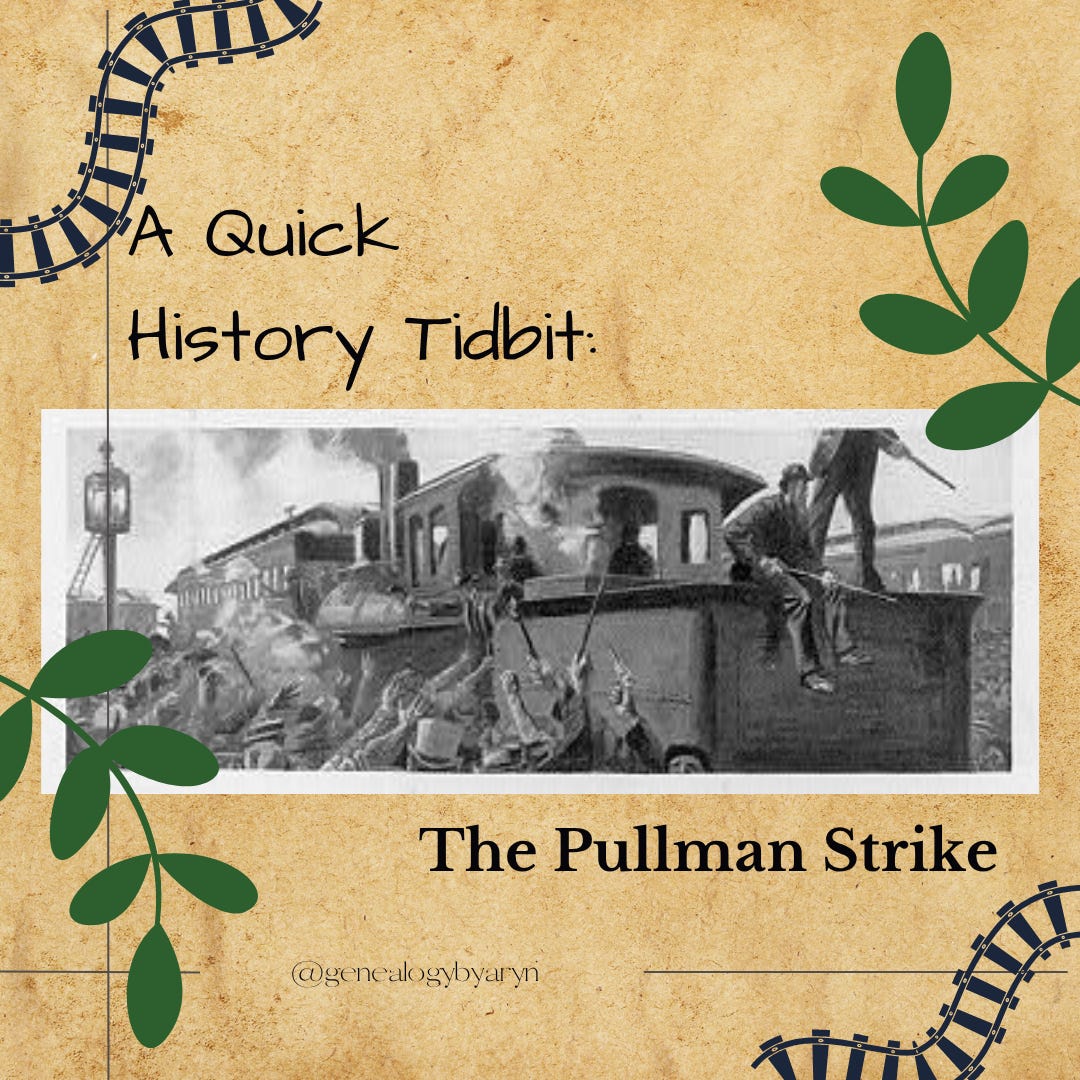
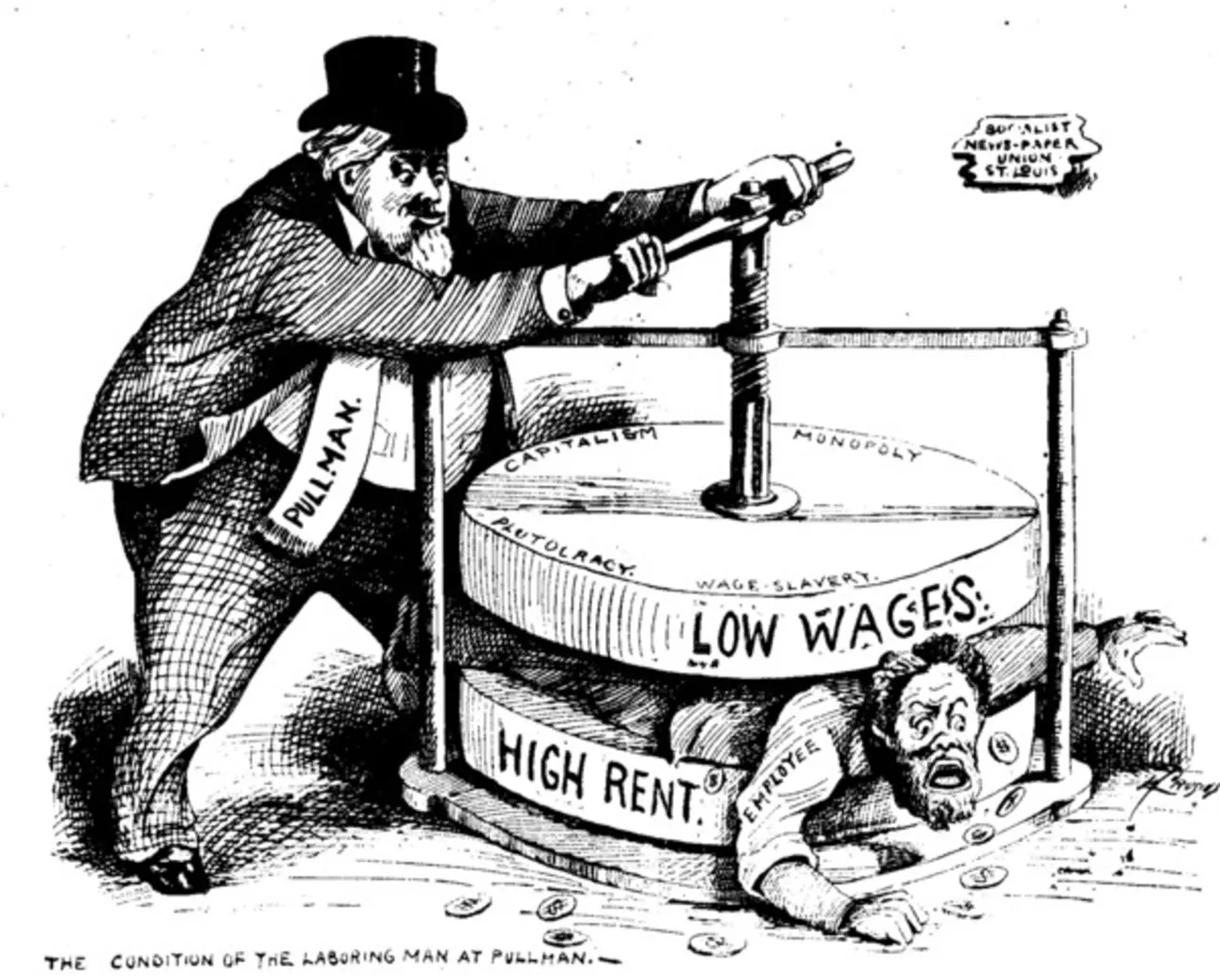

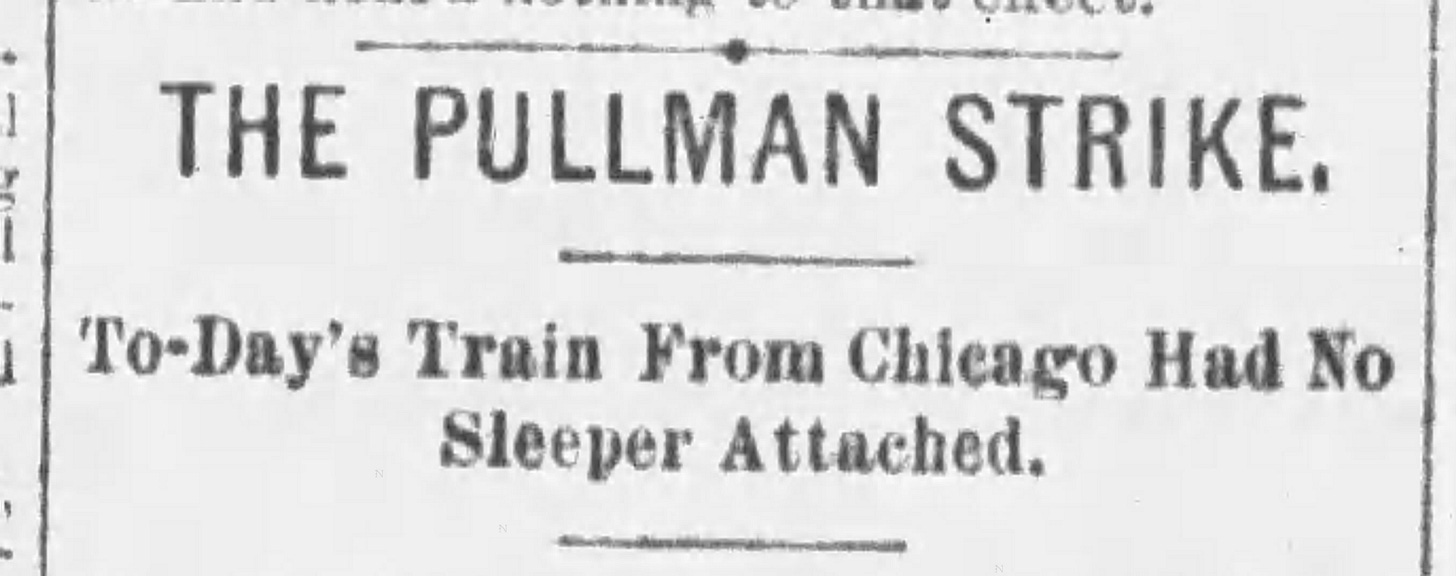
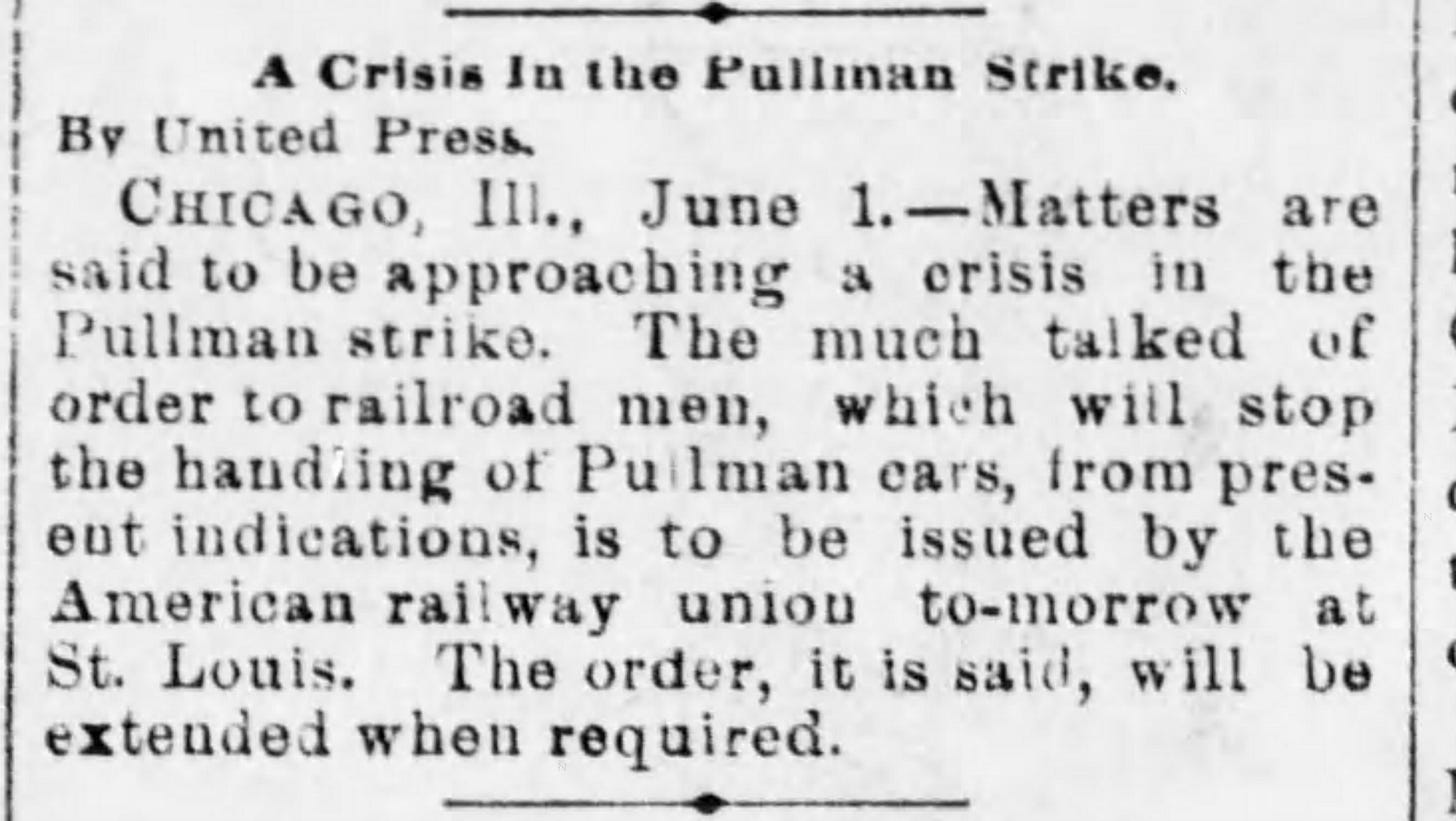

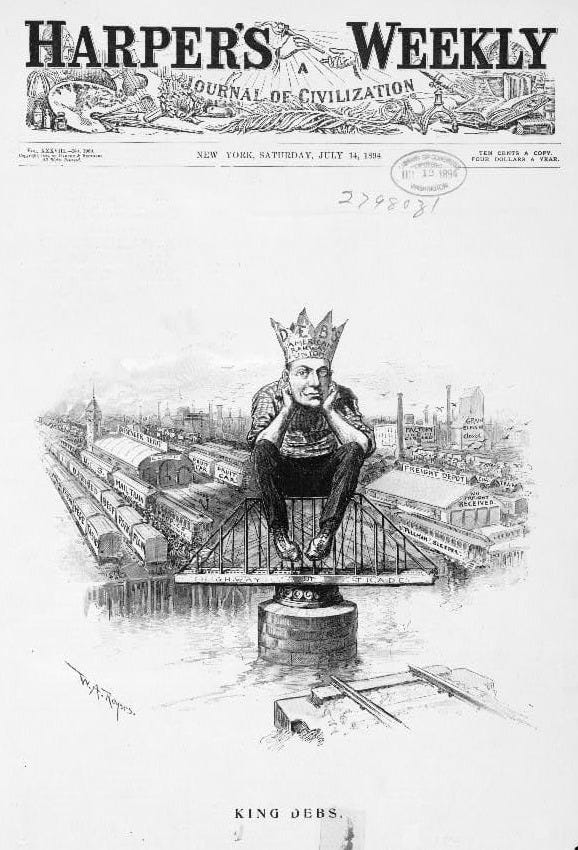
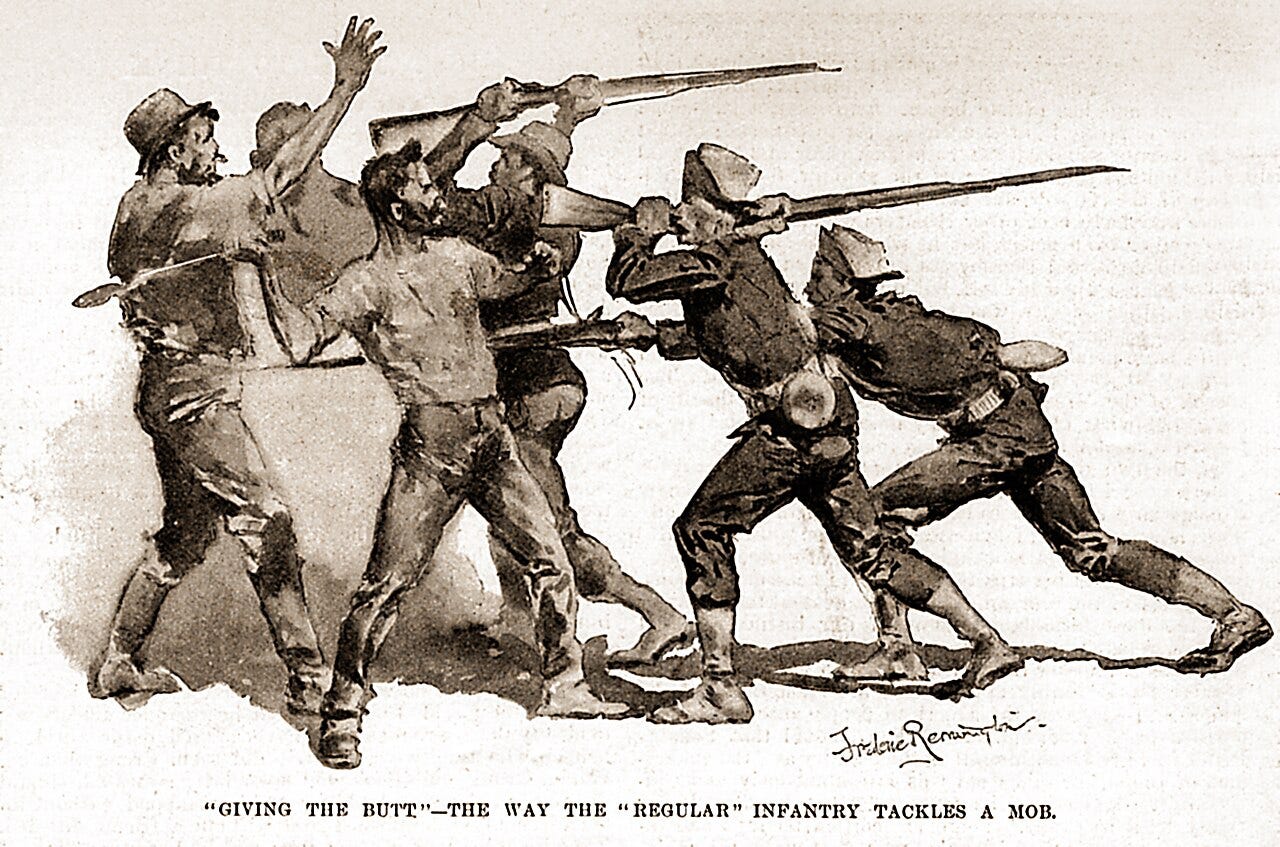


This was very interesting. I had heard about the Pullman strike, but I didn't know the causes. I grew up in a labor family. Fortunately, we didn't have to endure a strike like that. It's unfortunate that the labor movement has become so diluted. Union membership doesn't seem to carry the weight it once did. I keep hoping people will wake up to what's happening around them.
Fascinating piece of history. Thank you for taking us through it.